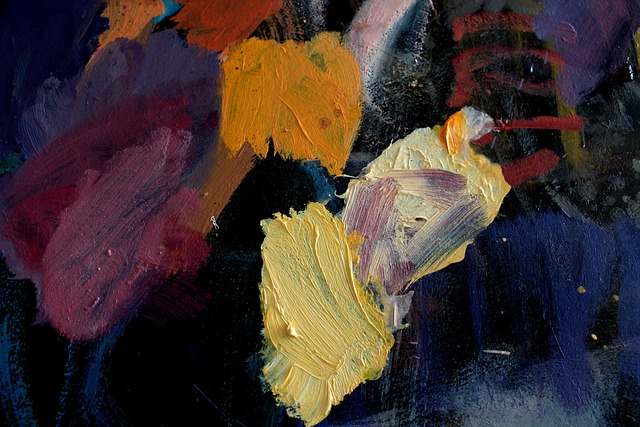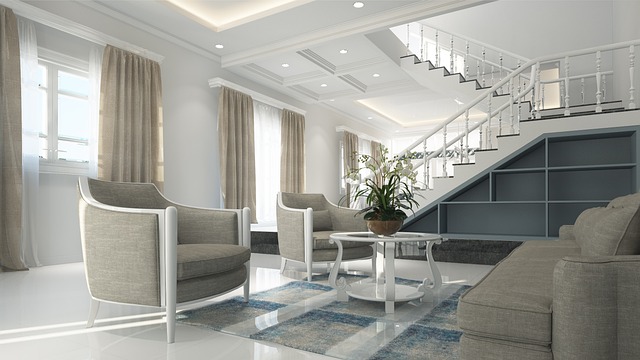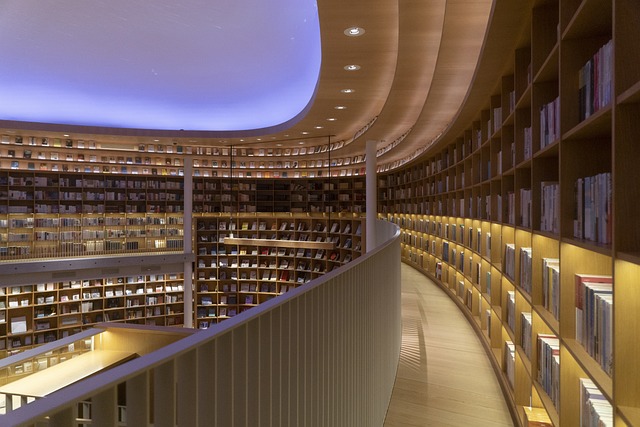The Intricate Craftsmanship of Baroque Furniture Making: A Masterclass in Applied Arts
Baroque furniture making is not merely a craft; it is a grand narrative written in wood, gold leaf, and exquisite fabrics. Emerging in the late 16th century and flourishing throughout the 17th and early 18th centuries, this style epitomized the opulence and theatricality of the period. The artistry of Baroque furniture transcends mere functionality, elevating everyday pieces into stunning works of art that captivate the senses and evoke a sense of wonder.
Understanding Baroque Furniture Making
The essence of Baroque furniture lies in its intricate details and lavish ornamentation. Each piece tells a story, reflecting the social status and artistic sensibilities of its time. The craftsmanship required to create these pieces is a masterclass in applied arts, demanding not only technical skill but also an understanding of historical context and aesthetic principles.
Artisans employed a variety of techniques, from carving elaborate motifs to inlaying and gilding surfaces. The use of contrasting materials such as walnut, mahogany, and gilded bronze brought a dynamic richness to each creation. The hallmark curves and exuberant forms of Baroque design aimed to evoke emotion and create a sense of movement, drawing the viewer into a world of beauty and grandeur.
An Emphasis on Detail
The meticulous attention to detail in Baroque furniture making is awe-inspiring. Every curve, every inlay, and every decorative element is carefully considered, reflecting the period’s appreciation for craftsmanship. Master carvers specialized in creating intricate floral patterns, cherubs, and mythological figures, each taking countless hours to perfect. This profound dedication results in furniture that is not only visually stunning but also imbued with a sense of history and emotion.
The Role of Artisans
At the heart of Baroque furniture making was the artisan. These craftsmen were not just tradesmen; they were artists in their own right, often trained in workshops that emphasized the importance of creativity and innovation alongside technical skill. They collaborated with architects and designers, ensuring that each piece was harmonious with the overall vision of the spaces they adorned.
Training in this discipline was rigorous and required years of dedication. Artisans learned not only the practical aspects of their craft but also the rich traditions that informed the Baroque aesthetic. Their deep understanding of materials and techniques allowed them to push boundaries and create revolutionary designs that continue to inspire contemporary artisans today.
Embracing the Baroque Aesthetic Today
Today, the allure of Baroque furniture continues to captivate collectors, interior designers, and art enthusiasts alike. The combination of sumptuous materials, intricate artistry, and historical significance makes these pieces timeless. Many modern interpretations pay homage to Baroque aesthetics, incorporating its rich details into contemporary settings while still respecting traditional craftsmanship.
Incorporating Baroque furniture into home decor can transform an ordinary space into an extraordinary environment. Whether through an ornate armchair, an elaborately carved cabinet, or an intricately designed table, these pieces invite vibrancy and elegance into any setting. They serve as focal points that prompt discussion and admiration, acting as portals to a past that celebrated artistry in everyday life.
Conclusion
The world of Baroque furniture making is a profound testament to the artistry of applied arts. It is an enduring legacy that combines beauty, imagination, and tradition, inviting us to appreciate the craftsmanship that has stood the test of time.




